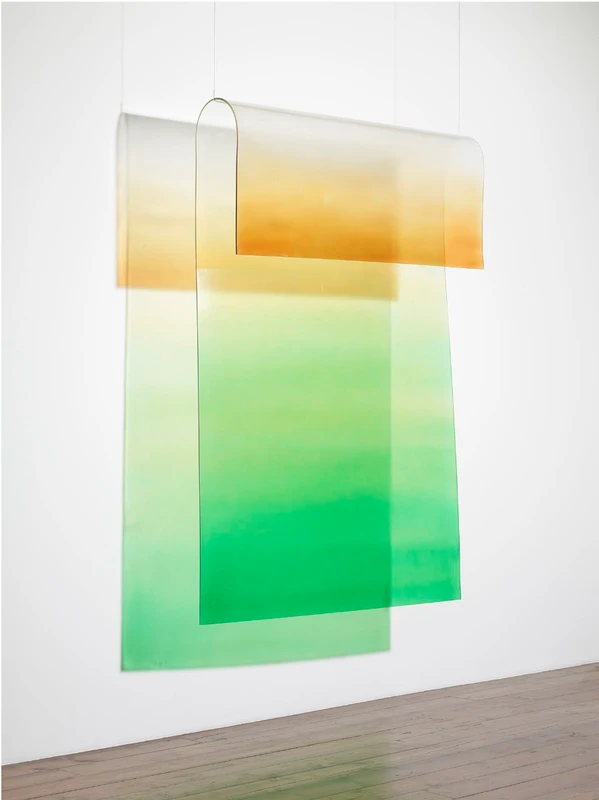Craig Kauffman


b. 1932, United States
d. 2010
Best-known for his vacuum-formed plastic works, whose curving surfaces extend from the wall in stunning, vibrant hues, Craig Kauffman (1932–2010) was one of the most significant figures to emerge from the fertile art scene in 1950s and 1960s Los Angeles. For nearly six decades, he created painterly and sculptural objects that continually experimented with form, color, material and space. Deeply engaged with art history and twentieth-century modernism, Kauffman’s work reflected artistic currents of his time, including painterly abstraction, minimalism and post-minimalism, but retained a formal thrust and an aesthetic energy all its own. Sprüth Magers has represented the artist’s estate since 2016.
Kauffman had his first solo exhibition at age twenty at Los Angeles’ most prominent gallery at the time, Felix Landau. Like so many young artists in the 1950s he moved through a period of Abstract Expressionism, and he spent time in Paris, New York and San Francisco absorbing European modernist canvases and other influences, including Chinese landscape painting and Japanese ceramics. He was an integral part of the original stable of artists associated with the renowned Ferus Gallery in Los Angeles and began experimenting with different techniques and materials before discovering the malleability and color possibilities of industrial plastics in the early 1960s.
Though often characterized as a sculptor because of his influential work with plastic, Kauffman operated first and foremost as a painter—a fact borne out in interviews and the insistently wall-bound nature of his works—and he maintained his interest in plastic as a novel, transparent substrate for luminous, sensual color in many forms. Inspired by Constructivist precedents using plastic, such as those of László Moholy-Nagy, the earliest of Kauffman’s experiments involve acrylic sheets, spray-painted from the back in primary and flesh-toned compositions inspired by Fredericks of Hollywood lingerie catalogs; set within shadow-box frames, light interacts variously with the clear and opaque surfaces. Kauffman soon moved on to works incorporating biomorphic abstract shapes in low relief and translucent, candy-colored hues that gradually extended further away from the wall. By the late 1960s, he had advanced to his singular bulbous forms (his so-called Bubbles), overlaid in pearlescent lacquers that generate atmospheric effects of light and reflection. Kauffman’s Loops (1969) comprise drape-formed sheets of painted plastic that cast colorful shadows upon each work’s adjacent wall, doubling its hues through projected light.
At the turn of the 1970s, Kauffman had reached the end of his initial work with plastic, and he gradually returned to the basic tenets of painting in his innovative Constructed Paintings (1973–76). The artist developed a singular vocabulary of shapes—triangular and quadrangular forms, bisected at different angles by thin linear bands, with areas left empty exposing the supporting wall—that explore unconventional painterly supports and structures while expanding Kauffman’s luminous color sensibility. Through the artist’s integration of color, line and shape, the series achieves an insightful architectural presence and extends Kauffman’s investigation into the relationship between art and its environment.
In the 1990s and 2000s, Kauffman returned to plastic, generating a dazzling array of largely circular forms—including bubbles, flower-like shapes and oval compositions—whose scale is more intimate than that of his previous work. The artist’s sensuous use of color is in full effect in these later series, which often feature compacted, shimmering fields of glitter at their center that catch and reflect light in varied ways. Eccentric and intuitive in their combinations of pigment and structure, they remain clearly connected to Kauffman’s pioneering body of work.